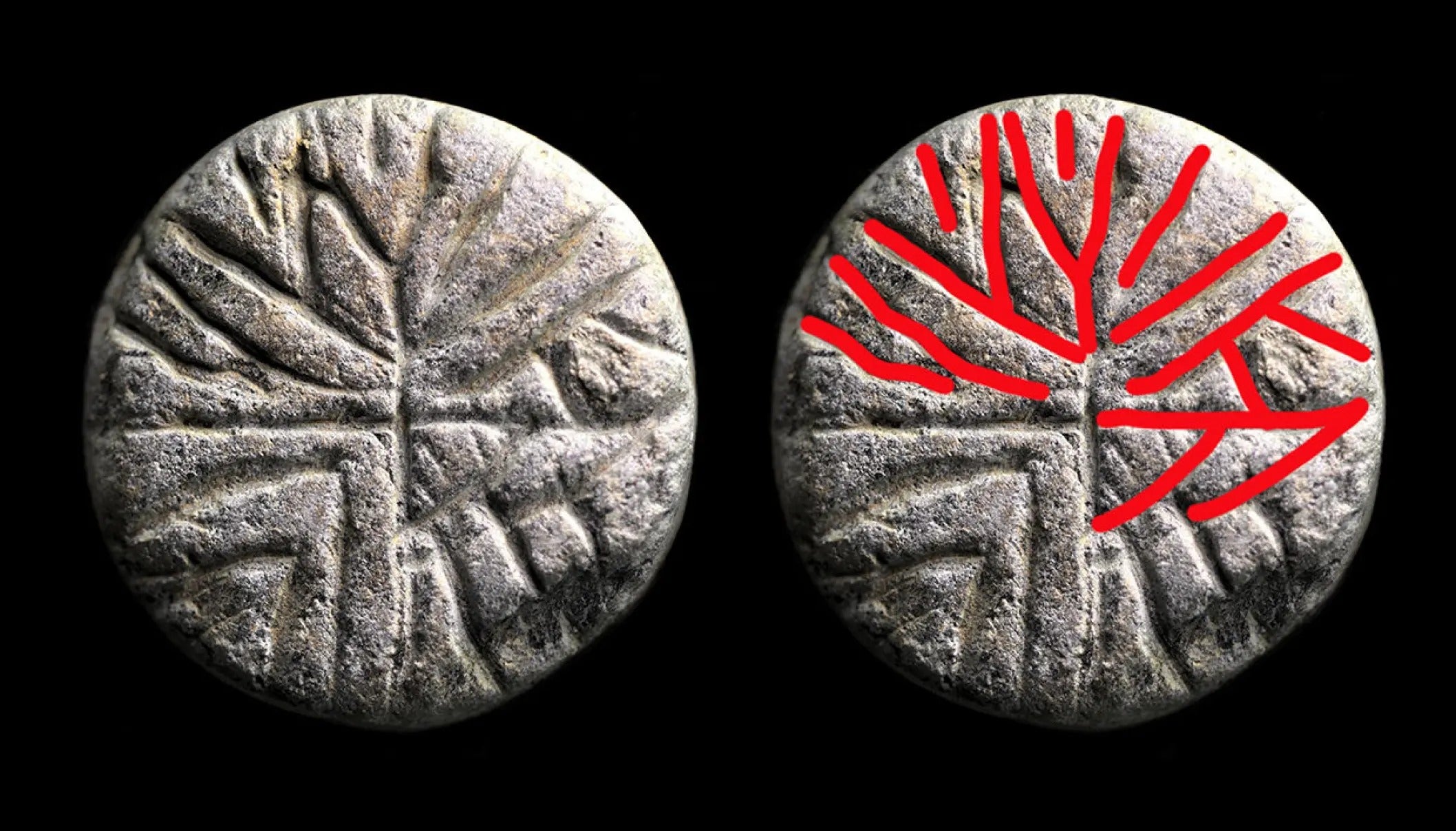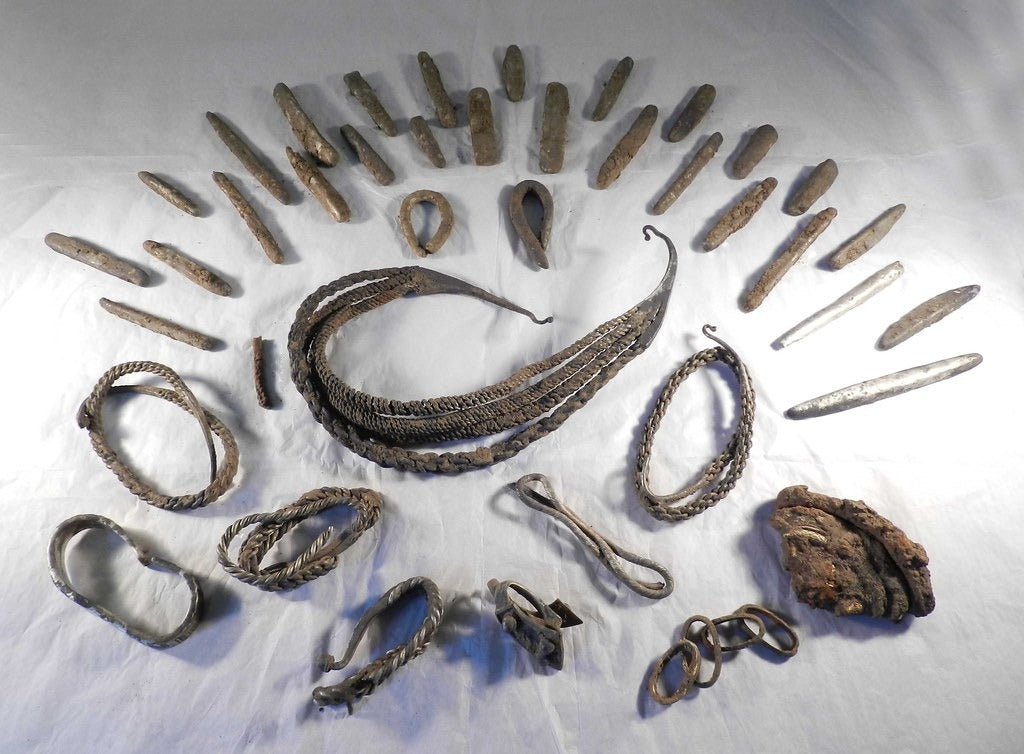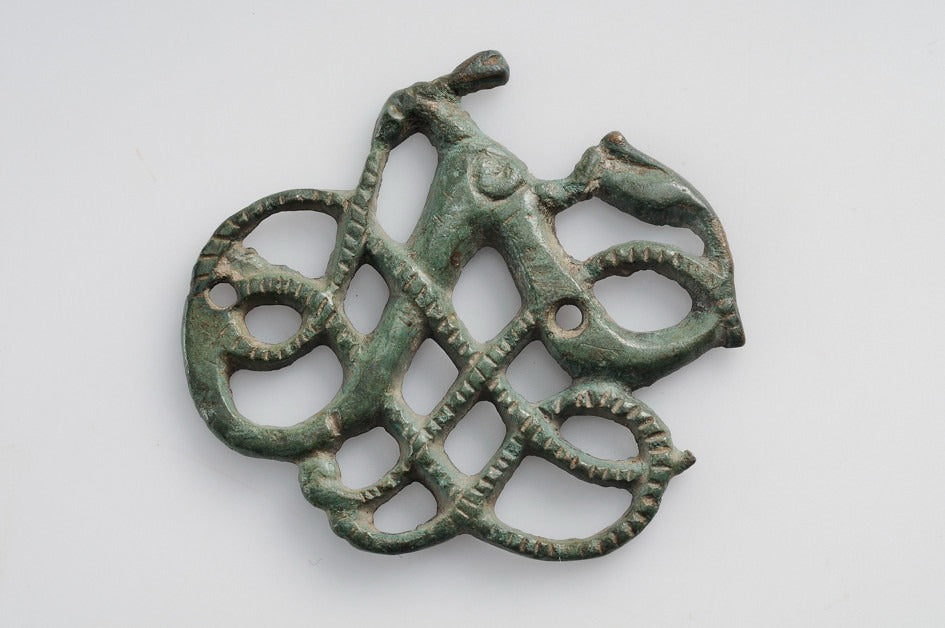
The Urnes Brooch: A Window into Viking and Medieval Scandinavian Fashion
The Urnes brooch, with its distinctive animal motifs, emerged as a fashionable accessory during the late Viking Age and early Middle Ages. Recent findings in Norway have shed new light on the popularity of these brooches, suggesting they were mass-produced and widely worn during a time of cultural and religious transformation. This article will delve into the historical significance, manufacturing techniques, and cultural context behind the Urnes brooch, examining how these artifacts help us understand the era's social and economic dynamics.
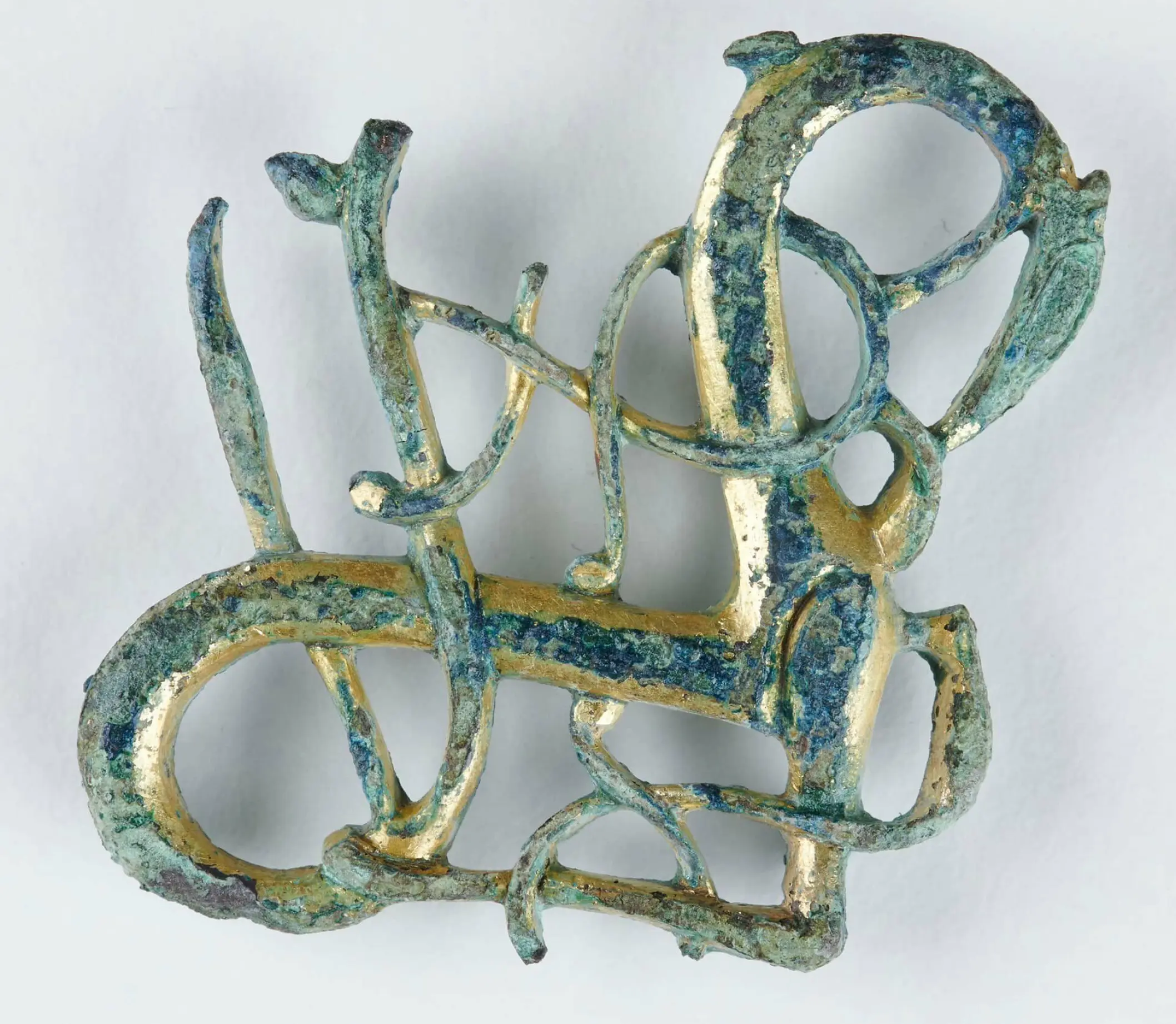
An 11th-century Urnes brooch, uncovered in the topsoil at two farmsteads excavated in 2021. (Photo: Margrethe Felter, Museum of Cultural History, CC BY-SA 4.0)
A Surge in Discoveries: The Role of Metal Detectorists
In the past decade, the number of Urnes brooches found in Norway has more than doubled, thanks largely to the efforts of metal detector enthusiasts. The recent excavation project ‘Intercity Sørli-Åkersvika’ in Stange, Eastern Norway, exemplifies the growing trend of such finds. Among the artifacts uncovered, conservator Margrethe Felter identified an Urnes brooch even before the dirt was fully removed from its surface. “We could see straightaway the decorative shape of the Urnes brooch and possible gilding,” Felter noted in a social media post by the Museum of Cultural History in Oslo. The discovery of this artifact aligns with an increasing number of Urnes brooch finds that are reshaping our understanding of medieval Norse society.
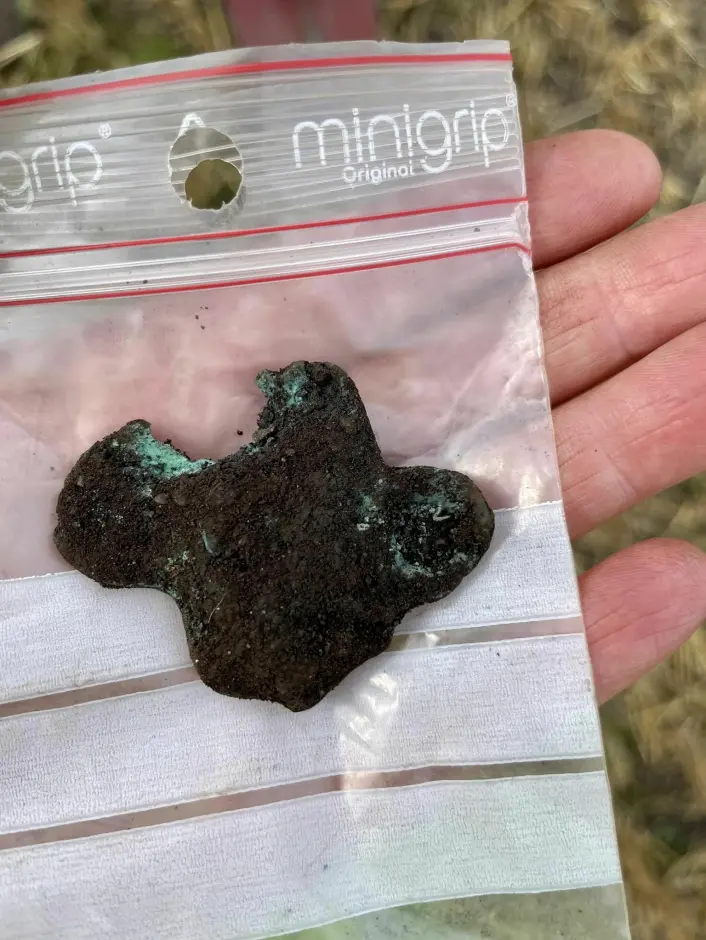
A brooch freshly discovered, still covered in soil before cleaning. (Photo: Museum of Cultural History, University of Oslo)
Manufacturing and Artistic Characteristics of Urnes Brooches
Named after the wood carvings of the Urnes stave church, the brooches feature an animal figure characterized by four legs, a slender neck, a bent head, and almond-shaped eyes, often surrounded by figure-eight loops. Researchers speculate that this animal may represent various creatures, such as a lion, horse, or dragon, drawing connections with later art styles depicting winged animals. Evidence suggests that Urnes brooches were mass-produced using clay molds, making them accessible to a broad audience. A fragment of one such mold was unearthed in Trondheim during the 1970s, indicating that large-scale production of these items was underway even centuries ago.
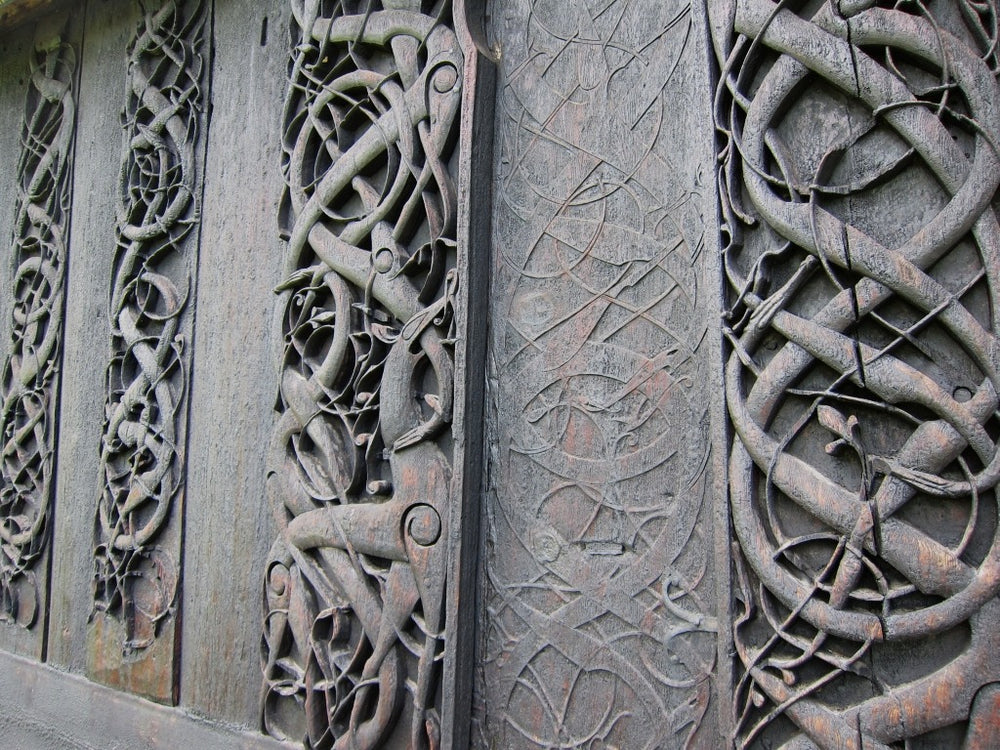
The North portal of the Urnes stave church features the iconic Urnes style, adorned with the intricate depiction of the Urnes beast (Photo: Bosc d'Anjou).
Cultural and Religious Context: A Fashion for the Transition Period
The Urnes brooch gained popularity during a time of significant cultural shifts in Scandinavia, particularly as Norse paganism gradually gave way to Christianity. This transitional period saw changes in burial practices, with the custom of including grave goods fading out. Because the brooches were not typically found in graves, little is known about the specific individuals who wore them. Archaeologist and project leader Jessica McGraw at the Museum of Cultural History in Oslo pointed out that the lack of grave finds makes it challenging to determine whether these brooches were worn by men, women, or both.
However, it is evident that brooches played an essential role in daily life during the Viking Age. They were functional items used to fasten clothing and also served as decorative status symbols. In some cases, these objects were intentionally deposited as offerings to deities, while in other instances, they appear to have been lost or hidden for safekeeping.
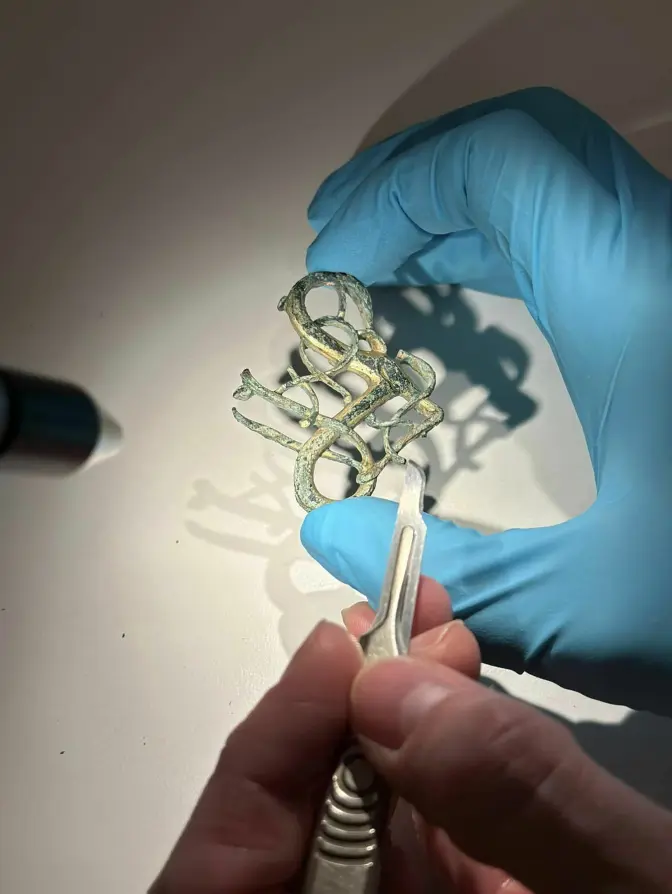
Using a microblade to carefully remove corrosion. (Photo: Jessica L. McGraw, Museum of Cultural History Oslo)
From Dirt to Display: The Conservation Process
The process of conserving artifacts such as the Urnes brooch begins with radiographic imaging to detect any internal details obscured by soil and corrosion. After this, conservators carefully clean the object using microblades or other fine tools to remove dirt and reveal its original features. In the case of the recently discovered brooch from Stange, X-ray analysis revealed traces of mercury and gold, indicating that the brooch had been mercury gilded. Such details not only enhance our understanding of Viking craftsmanship but also help researchers piece together the broader picture of metalworking practices during the era.
Implications of Mass Production: What Do Brooches Tell Us About Society?
The discovery that Urnes brooches were mass-produced highlights the social and economic changes taking place during the Viking Age and early Middle Ages. Unlike unique, handcrafted items that were limited to the elite, these brooches were widely accessible, suggesting a democratization of fashion. The use of clay molds facilitated large-scale production, allowing for a proliferation of similar artifacts across different regions. This production technique also underscores the interconnected nature of medieval Scandinavian societies, where artistic styles and cultural practices could spread and evolve quickly.
The Role of Detectorists in Modern Archaeology
Metal detector enthusiasts have played a significant role in doubling the known finds of Urnes brooches in Norway. As reported by McGraw, the increased interest in metal detecting has led to a surge in discoveries, sometimes resulting in fragmented pieces that add to the growing collection of artifacts. This trend poses both opportunities and challenges for modern archaeology, as it provides a wealth of new data while also necessitating careful conservation and documentation of the finds. Proper collaboration between detectorists and professional archaeologists is crucial to ensure that valuable historical information is preserved for future generations.
Conclusion
The increasing number of Urnes brooch finds in Norway has opened a window into a transitional period in Scandinavian history, marked by cultural, religious, and social changes. As more discoveries come to light, they not only contribute to the material culture of the Viking Age and Middle Ages but also prompt us to reconsider assumptions about fashion, production, and the daily lives of Norse people. These artifacts, often lying forgotten in the soil for a millennium, continue to tell stories that shape our understanding of the past.
References
Bergstrøm, I. I. (2023, April 27). This brooch became high fashion during the late Viking and Middle Age. Science Norway. Retrieved from https://www.sciencenorway.no/archaeology-medieval-history-viking-age/this-brooch-became-high-fashion-during-the-late-viking-and-middle-age/2189994
McGraw, J. L., & Felter, M. (2023). Posts on Museum of Cultural History's Facebook Page.
"Urnes stave church 03" by Bosc d'Anjou is licensed under CC BY-NC-SA 2.0.
